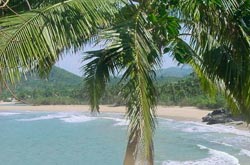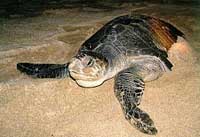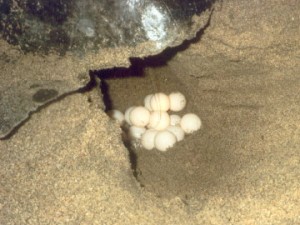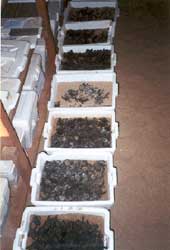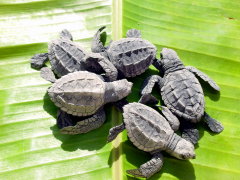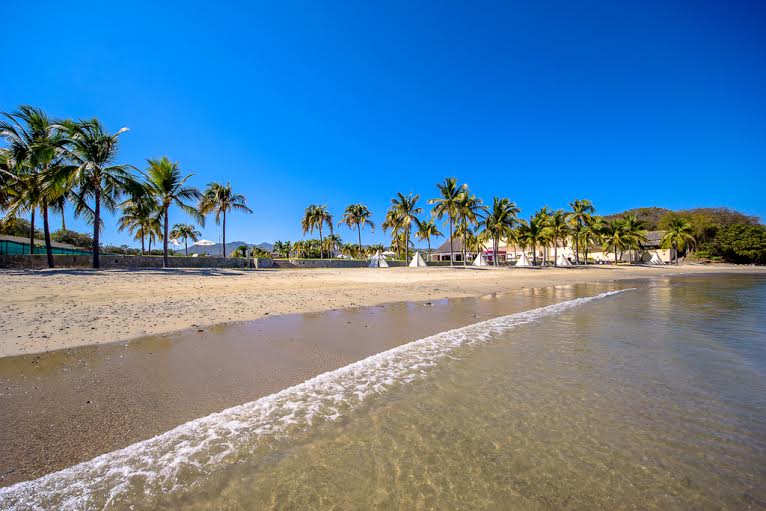Nayarit Snorkeling Beaches
 The Riviera Nayarit may be a relatively undeveloped tourist region, but it is booming with tropical nature and exotic wildlife and is starting to catch on as a popular travel place. Located along the Pacific Ocean, the Mexican state of Nayarit is said to have some of the best snorkeling in western Mexico according to History.com.
The Riviera Nayarit may be a relatively undeveloped tourist region, but it is booming with tropical nature and exotic wildlife and is starting to catch on as a popular travel place. Located along the Pacific Ocean, the Mexican state of Nayarit is said to have some of the best snorkeling in western Mexico according to History.com.
Although not yet well studied, the Mexican Pacific coral reef along the Nayarit coastline draws abundant sea life. The ocean water in this region is relatively warm and rich in nutrients, so large varieties of tropical fish flourish here, including manta rays, eagle rays, moray eels, puffer fish, needlefish, king angelfish, jack fish, damselfish, Moorish Idol fish, starfish, seahorses, octopuses, sea turtles, dolphins, whales, and more.
The coral reefs of southern Nayarit (Riviera Nayarit) that attract these fish are all one type of reef: narrow fringing reefs. These fringing reefs are dense, well-developed frameworks, measuring up to nearly 20-feet (6-meters) thick. Fringing reefs are the most common reef type (the other types are barrier and atoll) and are found near the shore in shallow water. This is great for snorkelers, since the fish swim closer to the shore.
These conditions make for some pretty terrific snorkeling. While there are many beautiful beaches along Bahi Banderas Bay, Bahia Jaltemba Bay, and Bahia Matanchen Bay of the Riviera Nayarit, here are five wonderful snorkeling beaches with fascinating underwater worlds.
 Playa El Anclote
Playa El Anclote
El Anclote Beach is a lovely beach with rock jetties near Punta de Mita. Fabulous snorkeling tours to The Marietas Islands Marine Reserve with its unusual reef formations, such as with lava tubes and caves, are available from this beach.
Playa Chacalilla
Chacalilla Beach is a small beach with clear, aqua-colored water just north of Chacala.
Playa Los Ayala
Los Ayala Beach is a fairly long beach with clear, aqua-colored water just south of Rincon de Guayabitos in Bahia Jaltemba Bay.
Playa de los Muertos
Los Muertos Beach is protected by large rocks on both sides and has calm, clear water just south of Sayulita. Beyond the rocks to the south is the tiny beach of Punta Las Cargadas near four rock islands, which is also a good snorkeling spot.
Playa Gemelas
Gemelas Beach is a pair of twin beaches south of Bucerias and Nuevo Vallarta with clear water and rock formations near Los Arcos National Marine Park.


